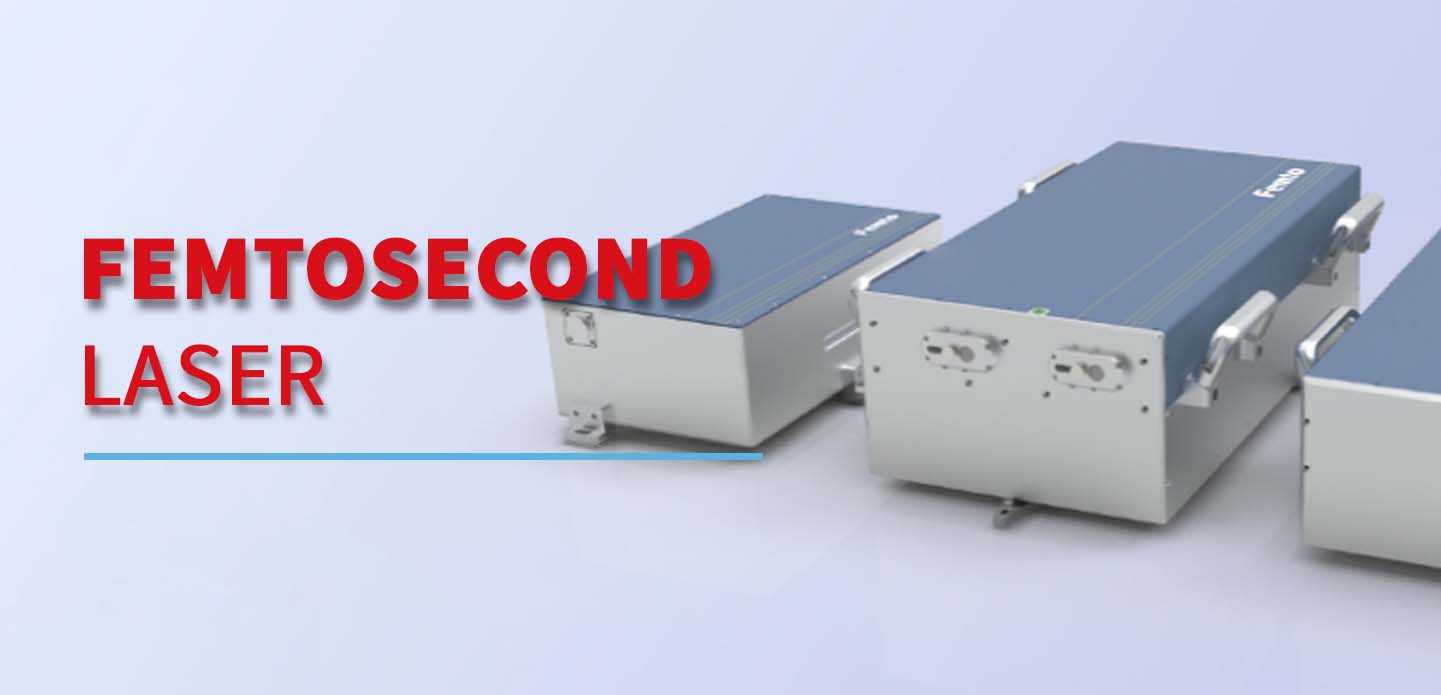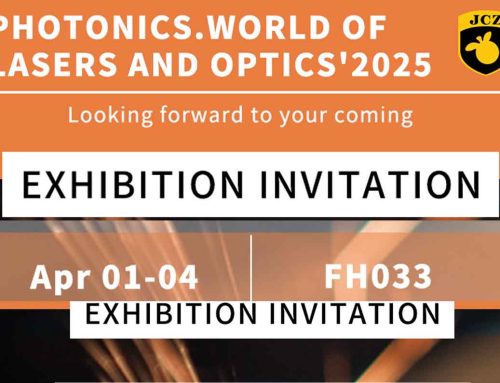Femtosecond lasers are pulse lasers with a pulse duration in the femtosecond range [1]. A femtosecond (fs) is a unit of time equivalent to one quadrillionth of a second, which is the time it takes for an electron to complete half an orbit around a hydrogen atom. The ultra-short pulse duration and extremely high peak power of femtosecond lasers provide unique advantages in ultra-fast, ultra-strong, and micro-fine processing, which other light sources cannot match. This has directly brought scientific research in physics, materials, communication, and information into the realm of ultrafast microscopic processes.
Basic Theoretical Analysis of Femtosecond Laser Ablation of Glass Materials
1.1 Physical Process of Femtosecond Laser Interaction with Glass Materials
When high-purity glass materials are ablated by femtosecond lasers, electrons in the material undergo a nonlinear process within an extremely short time (the duration of one pulse) [2]. Due to the ultra-short pulse duration, the energy absorbed by the electrons does not have enough time to transfer to the lattice, and the entire electron system does not exhibit significant thermal effects, remaining in a “cooling” state. The physical phenomena that occur differ depending on the pulse width of the laser. At femtosecond scales, the primary phenomena include multiphoton absorption and tunnel ionization. At picosecond scales, energy absorbed by electrons is transferred to the lattice and dissipated as heat. At nanosecond scales, surrounding environments are rapidly affected by the pressure waves generated by the increasing temperature. In the nanosecond to microsecond range, heat diffusion from the focal point results in material melting and micro-explosions. When the laser frequency reaches a certain level, phenomena related to high-temperature processes occur due to the accumulation of heat, such as ion migration, phase transitions, and crystallization.
1.2 Mechanisms of Material Removal by Femtosecond Lasers

In femtosecond laser processing with ultra-short pulses, the material removal mechanisms for glass are mainly thermal vaporization and Coulomb explosion [3]. Thermal vaporization occurs when the local temperature in the irradiated area increases due to continuous collisions between electrons and phonons. When the temperature exceeds the boiling point of the material, the material is removed. Coulomb explosion occurs when the electrons in the laser-irradiated surface are influenced by the high peak power of the laser, causing them to escape. When the electrostatic force exceeds the force between the lattice atoms, the lattice is damaged due to the breaking of chemical bonds, resulting in material removal. The two stages of femtosecond laser ablation—strong ablation and weak ablation—correspond to thermal vaporization and Coulomb explosion, respectively. In practical femtosecond laser processing, there is no obvious distinction between strong and weak ablation in terms of laser intensity. In the weak ablation stage, Coulomb explosion or material densification is the main cause of material removal, with a relatively low ablation rate. In the strong ablation stage, thermal vaporization or phase explosion is the primary cause, resulting in a higher ablation rate. Additionally, the removal effect and ablation depth are influenced by the physical and chemical properties of the material, laser power, and the number of pulses applied to a single point.
Effects of Femtosecond Laser Parameters on Glass Surface Micropore Processing
2.1 Influence of Laser Power on Micropore Processing
To investigate the effect of laser power on micropore ablation, a set of controlled experiments was designed. The experiment involved using femtosecond lasers of different power levels to ablate multiple micropores on the surface of glass samples. Each sample had a square array of 4×4 points, with each point having a length and width of 18 μm, and a spacing of approximately 6 μm between points. The experiment kept certain parameters, such as repetition frequency (25 kHz) and exposure time (1,000 μs), constant while varying only the laser power (8, 10, 12, 14, and 16 mW). The results were observed using a scanning electron microscope (SEM).
The SEM results showed that as the laser power increased, the diameter of the micropores also increased, and the material removal efficiency significantly improved. However, further analysis indicated that a laser power of 12 mW produced the best processing effect in terms of material removal efficiency and micropore morphology.
2.2 Influence of Exposure Time on Micropore Processing
In femtosecond laser micropore processing, multiple pulses are used to create a single micropore, meaning each pulse melts and evaporates the material to remove it. After the first pulse, the second pulse continues to act on the material, and the energy from the laser is absorbed by the newly exposed surface. This process repeats, with the material being ablated in stages. The more pulses applied, the higher the material removal rate, which leads to better results.
To explore the effect of exposure time on micropore processing, another set of experiments was conducted. The laser power was kept constant at 12 mW, and the repetition frequency was set to 25 kHz. The exposure times were varied at 500, 1,500, 2,000, 2,500, and 5,000 μs. The results showed that as exposure time increased, the diameter of the micropores did not increase as expected. Instead, the increased pulse count caused an accumulation of heat, leading to the formation of debris and recast layers, which blocked the micropores. As a result, the best processing effect occurred at an exposure time of 500 μs.
Conclusion
The experimental results indicate that while increasing laser power improves material removal rate, too high a power can lead to poor micropore morphology. A laser power of 12 mW and an exposure time of 500 μs were found to be the optimal parameters. However, traditional femtosecond laser processing methods still have limitations, such as debris accumulation, thermal effects leading to microstructural damage, and limited roundness of the micropores. To address these issues, further improvements in processing techniques are needed, such as secondary scanning to remove debris and liquid-assisted laser etching methods to reduce thermal effects and improve processing quality.
由用户投稿整理稿件发布,不代表本站观点及观点,进行交流学习之用,如涉及版权等问题,请随时联系我们(yangmei@bjjcz.com),我们将在第一时间给予处理。






